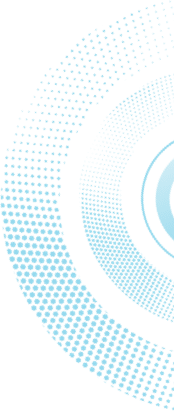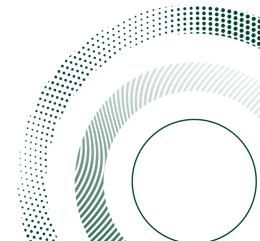Electro-magnons and Kitaev exchange interactions in the multiferroic NiI2
Magnetic collective excitations (magnons) in antiferromagnets are usually detected as weak absorption modes in the optical conductivity spectrum. In this seminar I will present our recent spectroscopic investigations of these modes in layered van der Waals magnets.
First, I will use the collinear antiferromagnet FePS₃ as a benchmark, to illustrate the archetypal field‑dependent behavior of AFM magnons in magnetic field [1]. Magneto‑optical conductivity measurements on FePS₃ allow us to extract key parameters such as dichroism and effective g‑factors, demonstrating the power of optical probes for quantifying collective spin dynamics [2,3]. I will then contrast these results with those for NiI₂, a multiferroic whose spins form a helical antiferromagnetic structure. In NiI₂ the magnons are strongly coupled to the electronic background, leading to magneto‑optical transmission spectra that deviate sharply from those of FePS₃. Earlier studies attributed the two observed electromagnon modes to a simple spin‑helical model [4,5]; however, our new data are incompatible with that picture [6]. Instead, we show that the spectra are better explained by a modified Kitaev exchange‑interaction model, highlighting the role of bond‑dependent anisotropic interactions in this material.
Together, these results demonstrate how optical conductivity can distinguish between conventional collinear magnons and more exotic, electronically entangled spin excitations, offering fresh insight into the spin–lattice–charge interplay in low‑dimensional antiferromagnets.
[1] Keffer and Kittel, Phys. Rev. 85, 329 (1952).
[2[ McCreary et al., Phys. Rev. B 101, 064416 (2020).
[3] Panda et al., Phys. Rev. B, To be Submitted (2025).
[4] Song et al., Nature 602, 601-605 (2022).
[5] Gao et al., Nature 632, 273–279 (2024).
[6] Panda et al., Nat. Phys., To be Submitted (2025).
תאריך עדכון אחרון : 04/05/2025



